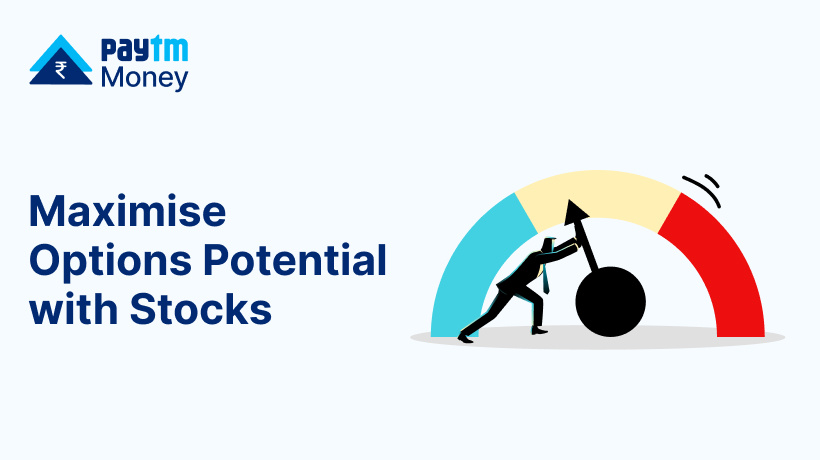How To Build A Long-Term Portfolio When Markets Are Correcting4 min read
When we talk about a renowned stock investor, the first thing that comes to our mind is their portfolio. Yes, the portfolio is the key to success in the stock market. But what if the market is falling? How can we manage or build a long-term portfolio if the markets are down?
Here’s what you need to know – Investors can easily build their portfolios aligned to investment strategies by following a systematic approach.
Below are some points that an investor can consider whilst building their portfolio in a falling market for a long-term tenure:
- Diversification
Diversification is undoubtedly one of the safest ways to build a long-term portfolio. Almost all stock market virtuosos believe that a well-diversified portfolio will outperform a concentrated one in a falling market. Hence, try incorporating different stocks into your portfolio rather than accumulating a pile of similar ones.
One can diversify in the same asset class based on having different sectoral exposure, business models, geography, and even by having different asset classes in their portfolio.
- Incorporating Non-Correlating Assets
In the market, two types of risks affect the portfolio returns, systematic risk, and unsystematic risk. We know that systematic risks in the stock market are unavoidable, but there is an organized way of handling unsystematic risks. We can effectively manage unsystematic market risks by adding non-correlating assets such as debt & equity to your portfolio. Non-correlating assets are affected differently when compared to stocks. If one of the assets is affected adversely, i.e; if their value decreases, the value of the other will surge up.
This will maintain a risk-return balance and you can expect your portfolio to withstand even high market downturns. One can’t make their portfolio immune to risk, but can certainly choose an efficient way to manage their portfolio.
- Stop Losses
Stop Losses are designed to limit an investor’s loss on the traded security, and also restrict the impact of emotions on stock market decision making. You can order a Hard Stop to trigger the sale of a certain stock at a fixed price.
Market experts suggest that stop losses protect an investor from rapidly changing markets. But many also believe that stop losses make temporary losses permanent. Hence, one should consider all the pros and cons before ordering stop losses.
- Portfolio Rebalancing
If you already have a portfolio and you are not sure if it would resist the market fluctuations, in the long run, try rebalancing your portfolio. Portfolio rebalancing refers to changing how much you have in different assets. It is obvious that some investments may trade better than others at a point in time. So changing the part of the money in each and rebalancing the same helps you to be in accordance with your original investment target.
This is quite essential when you are considering structuring a portfolio for a long-term investment voyage. Rebalancing goes hand in hand with diversification, thus managing your portfolio’s overall risk.
- Tax Efficiency
Many investors do not pay attention to the taxation part of the gains generated over long-term investment, which eventually reduces the return and falls short of the investment goals. Keeping portfolio returns intact at the end of the term is as important as managing your portfolio. Portfolio construction is one part of the long-term wealth-making equation, the other part is keeping returns immune not just from market downturns but also from the silent return eroder i.e. capital gain tax. We can always adjust the long-term capital losses against the income from long-term capital gains while filing income tax returns, and short-term capital losses will be adjusted against the short-term capital gains.
If the capital loss does not get adjusted in the same year against the capital gains, the losses can be carried forward in the subsequent years but will be adjusted against the same head i.e. capital gains.
Structuring or building a portfolio, as we mentioned earlier, is a mandatory step to proceed firmly in the stock market. Each of the above-mentioned strategies can protect your portfolio from the inevitable market fluctuations and help you in building a long-term portfolio. Also, it might be possible that not all the strategies suggested above suit you and your risk tolerance. But in the majority of the cases, they work.
Disclaimer: Investment in securities market are subject to market risks, read all the related documents carefully before investing. This content is purely for educational, information and investor awareness purpose only and in no way to be considered as advice or recommendation. Paytm Money Ltd SEBI Reg No. Broking – INZ000240532. NSE (90165), BSE(6707) Regd Office: 136, 1st Floor, Devika Tower, Nehru Place, Delhi – 110019.




